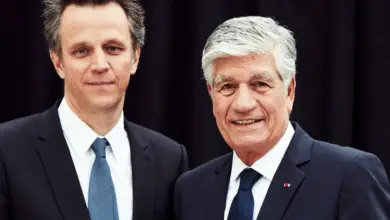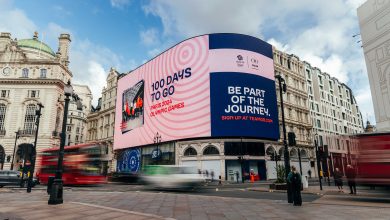Giles Keeble: the trouble with ‘Big Data’ is that it leads to executions rather than ideas
Watching ‘The Great British Bake-off’ I realised that cooking, and perhaps baking in particular, is a perfect combination of art and science. Isn’t that what agencies have maintained for years about advertising, but perhaps with more emphasis on the art?
The historical tension at the heart of this is between creativity and research. I have always maintained that good research is extremely useful at different phases of the creative process: pre-brief, during development, and after the work has run. My issue has been that much of the research (whether because of the format, the system or the researchers) has often been not very good.
In exchanges with Millward Brown a few years ago, I could see that they were taking this challenge seriously, and that at times the client’s own theories of advertising and a predisposition to black and white (or red versus green light) results weren’t helping.
I recently caught up with a friend who was a senior figure at Mckinsey. Over the years we have discussed these issues of intuition versus analysis. He made some interesting comments. Intuition can be based on subconscious experience so the pace of change can mean those experiences may no longer be relevant. People should not confuse numbers with analysis. Actions based on intuition should be tested, and this needs good teamwork.


This may prove hard for agencies at a time when Big Data is the greatest thing since focus groups. You still need people who know what to do with the data, who test out their intuition or hunches, who take calculated risks from time to time and learn from any mistakes. As the turn-around time of new products and services (and of the communications to support them) has shrunk, mistakes may be more frequent but if based on good preliminary thinking, they may also be beneficial even in the medium term.
An alternative is that everyone is so risk averse the work becomes sterile, lacking in humanity, humour or insight, undistinguished and undistinguishable. The biggest risk can be not taking any risk at all.
I don’t know if I have been watching the wrong programmes and films, reading the wrong stuff and looking at the wrong websites and shopping in the wrong places but I have not seen much that has made me excited. I was in LA recently, and didn’t see a good, let alone a great, ad in nearly two weeks. It seems that despite the evidence (for example the analysis of IPA entries presented by Les Binet and Peter Field that concluded likability is the key for profitability compared to shot-term sales gains) we are returning to repetitive sales pitches (not that we ever really left them). In the UK I detect that we are in a new phase of ‘slice of life/vignette’ commercials.
Digital is increasingly important, and incorporates a wide range of channels and ways of communicating. Data can be sliced very thinly – Google et al know more about us than we might like them to – and messages can be tailored more and more to individuals or smaller groups of like-minded consumers. This is a new age of direct marketing, and requires new ways of measuring success.
For one reason or another, I think we are seeing an emphasis on executions over ideas. This is treading on holy ground, as the idea has been paramount. Yet it has also been difficult to define and a cause of much argument and distress between agencies and their clients. Of course, an execution is an idea – an idea of how to get across an existing ‘big idea’ ( a campaign for example) in a fresh way, or how to make a straightforward message a bit more interesting- Aldi’s ads, for example.
Overall, my sense is that the balance has shifted from art to science, but that creativity remains essential. But it must be based on some truth or insight, and be tested. A good strategy is a hypothesis that needs a great idea and execution to have a chance of working. Advertising in all its many forms is creativity applied to business. There will always be creative people and boffins who don’t see eye to eye, but there are engineers and scientists out there who would be very upset to know they are not creative; and good advertising creative people who’d hate their work to be ineffective.









